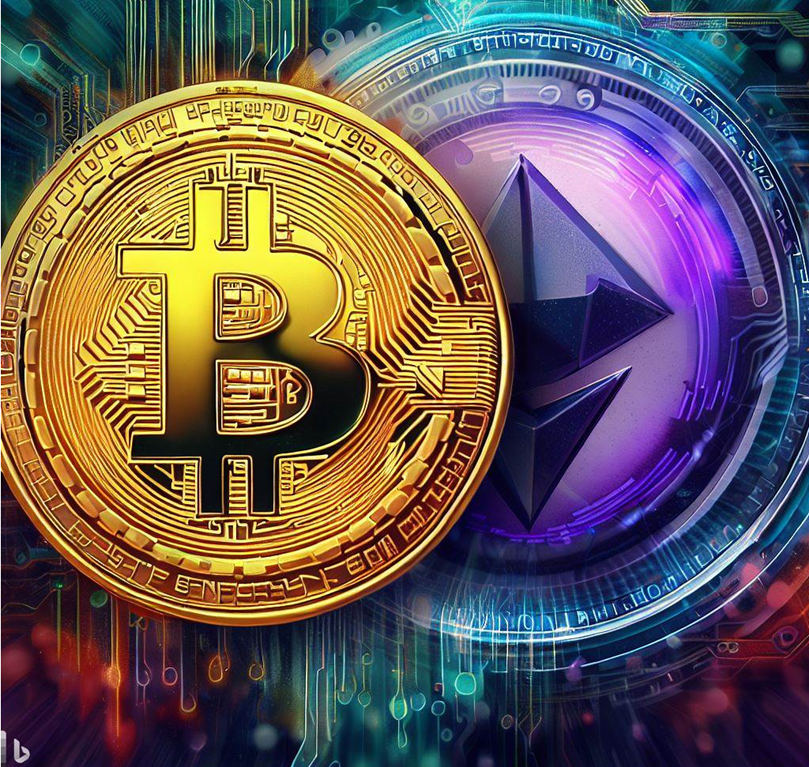After several years have passed since the creation of the first cryptocurrency based on blockchain technology (Bitcoin 2008), it was not until 2017 that cryptocurrencies became worldwide famous, thus contributing to the creation and dissemination of new cryptocurrencies in the market, which are classified in different “generations.” This article will explain when a cryptocurrency is the first, second, or third generation.
First Generation
Bitcoin was created in 2008 and is part of the first generation of cryptocurrencies. Its creation was a payment alternative or a decentralized digital medium of exchange of digital currencies. It is the first cryptocurrency created to operate within a system known as the blockchain, through with financial transactions can be secured, transferring assets can be verified, and above all, the creation of new unities can be controlled, which are limited since 21 million Bitcoins are issued.
The first generation was focused on transactional issues. The most outstanding achievement of this first generation of cryptocurrencies was the dissemination of blockchain technology, which led to the creation of various tools and solutions based on the blockchain. Another standing achievement was to generate greater confidence in the P2P (peer-to-peer) system, where through the blockchain, there was a consensus on the veracity of the number of coins or assets (cryptocurrencies) held by each user without depending on a balance or acceptance from a third party (e.g., a bank). Bitcoin allows people to transfer value and simultaneously store currencies in a virtual wallet so it can be a decentralized and definitive payment system.
Second Generation
The second generation of cryptocurrencies appeared in 2014, hand in hand with the second largest cryptocurrency in the market called Ethereum, which, unlike Bitcoin, is a complete ecosystem on which virtually anything can be programmed since it was designed not only for performing transactions (with features of the Bitcoin ecosystem), but also to program and generate smart contracts, which allow the operation of agreements or contracts between two parties, where the compliance of the participants is ensured, which provides greater security and automation unprecedented in the sector.
This second generation goes beyond using cryptocurrencies to store value; however, it seeks to create an entire “ecosystem” around the cryptocurrency, besides allowing the development of programming languages on its platforms.
Third Generation
Even though Bitcoin and Ethereum are the most used and demanded cryptocurrencies in the sector, because of the exponential growth of their users, they have presented specific usability problems, which have led to the emergence of a third generation of cryptocurrencies, which could solve or resolve these problems, such as the slowness of transactions or the high costs of their operations. The third generation of cryptocurrencies is characterized by having a disruptive function called “scalability,” which allows them to have a greater capacity for global growth and faster transactions.
Another standing feature of the third generation is that these cryptocurrencies are more versatile since they can be connected to other blockchains, besides offering more excellent alternatives to the user. Cardano, Solana, and Polkadot are the most outstanding examples of third-generation cryptocurrencies.
What do you think about this topic? Do you want to know more about the different generations of cryptocurrencies?
If you are interested in Pilsenga’s products, you can visit our website and register on our platform by visiting the following link.
